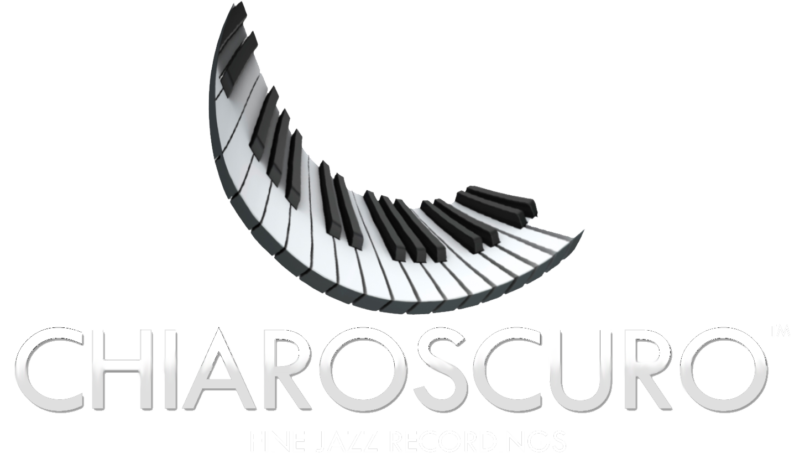By Jan Souther
When I was very young, Mom used to take me for what she called “nature walks” around the neighborhood. She saw nature everywhere. Instead of passing a pile of leaves around a telephone pole, for instance, we would stop and brush them aside to examine the small plants just starting to grow in the dirt. Anything big had smaller components we could look at and enjoy: large trees became small pathways for bugs running up and down the bark; fireplugs held cobwebs with small insects trapped in them for the spider’s evening meal.
That’s all very well and good. But what does this have to do with big bands’ improvisations and some of the easier forms of jazz?
The main theme of the song is equivalent to the tree, the fireplug or the bushes. They are nice to look at; we’ve seen them many times and pay little attention. But the musicians’ improvisations are those fine little details I used to look for when I was about four years old.
Imagine a trumpeter doing a chorus or two of “Ain’t She Sweet,” and at first hearing you can’t figure out what he’s up to. You can’t hear the main melody and have no idea where he is or where he is going. Move in closer, like me when I was a kid. Listen to what he’s doing with those notes, how he is experimenting with the song. He’ll get back to the main theme in a while, but while he’s playing with the piece, think of yourself as a youngster examining the tree at eye level to see what the bark looks like.
Jazz, or even big band improvisation, is the art of curiosity. Just what is in this composer’s music? He presents to you a small body of work, so many bars of notes, and says, “Here is my song; let’s see how many ways you folks can make it sound, how many different branches lead off from the main stem.”
The composer may not have even thought this way. A person cranking them out for vaudeville or Broadway musicals is most likely concerned with just selling it and making a living on the royalty payments. Then along comes a jazz musician who is looking for some new material and runs across something written by George Gershwin eighty years ago. He runs through it, tries again with variations and calls his group together. “I think we got something here.”
And thus has it ever been. Find a tune, see where you can take it and if you do, see if the other band members can do their part. Bing Crosby explained it so easily in the movie “High Society,” when he sang “Now You Has Jazz.” (Check YouTube for the piece.)
From Wikipedia: “The use of the word in a musical context was documented as early as 1915 in the Chicago Daily Tribune. Its first documented use in a musical context in New Orleans appears in a November 14, 1916 Times-Picayune article about ‘jas bands.’”
Talking of swing, Louis Armstrong, one of the most famous musicians in jazz, said to Bing Crosby on the latter’s radio show, “Ah, swing, well, we used to call it syncopation, then they called it ragtime, then blues, then jazz. Now, it’s swing. ”
I probably would never have understood jazz were it not for Mom’s nature walks.
[Jan Souther is a music columnist for the Wilkes-Barre PA “Citizens’ Voice” newspaper; his articles appear Sundays.]
